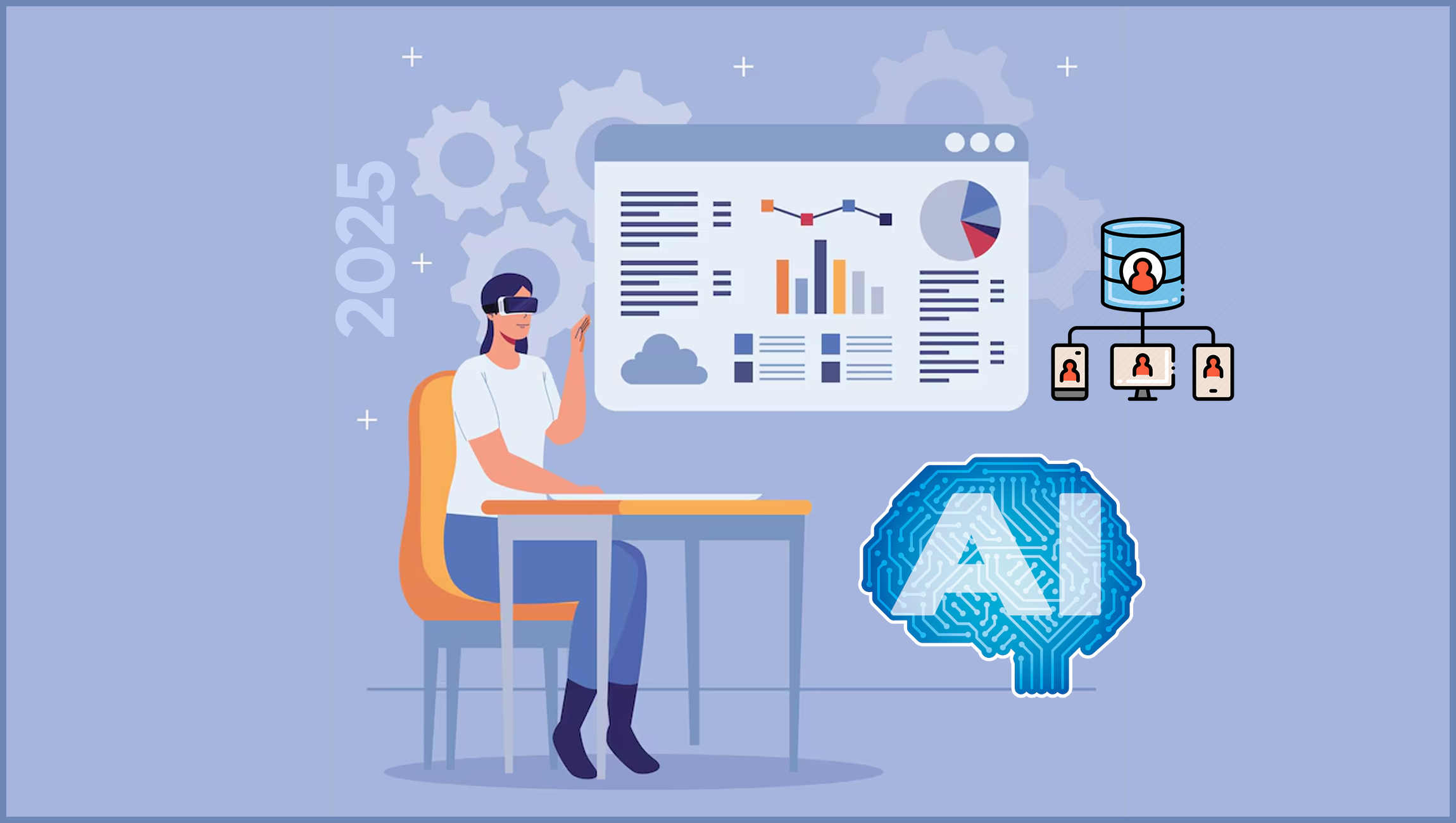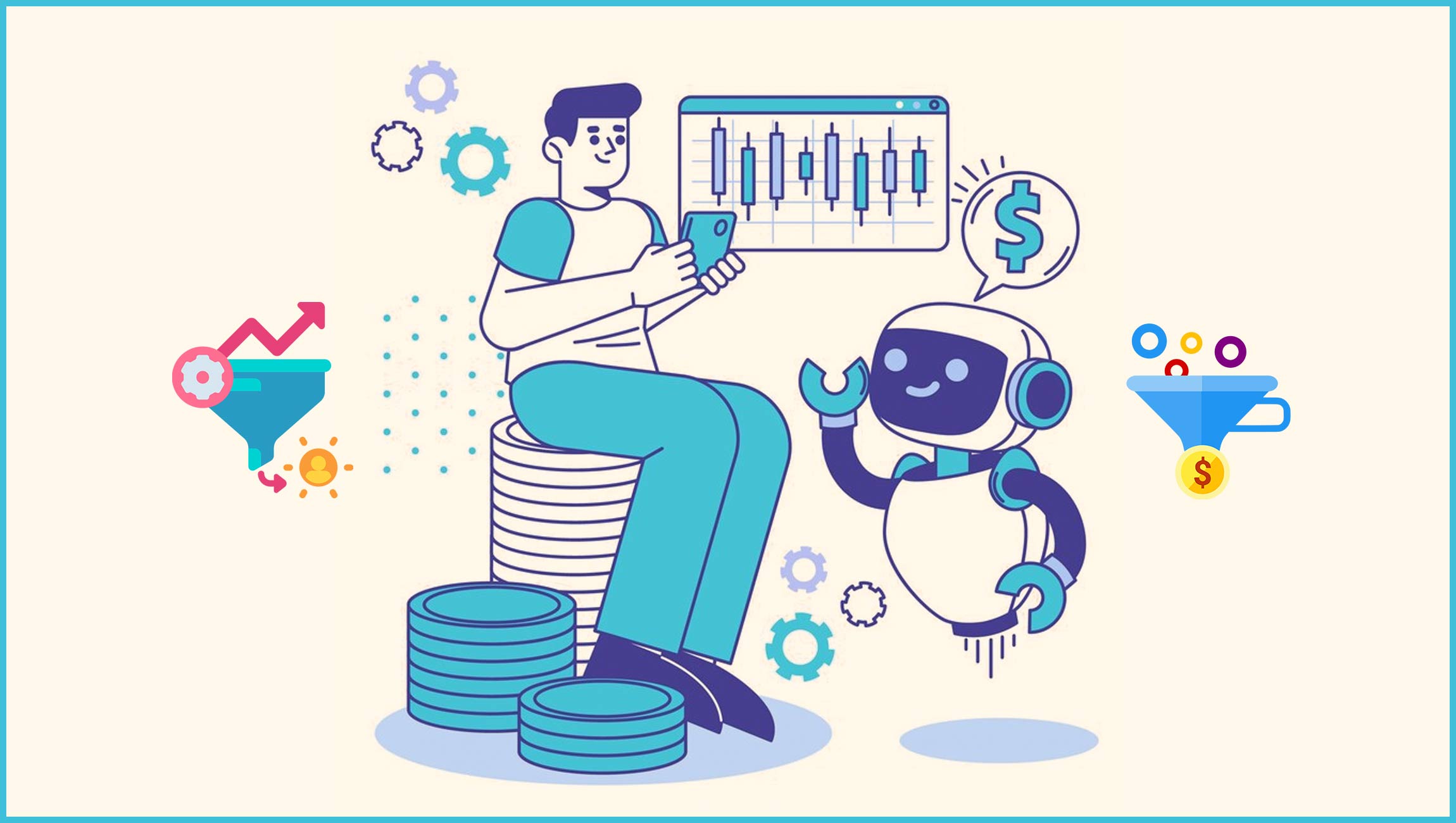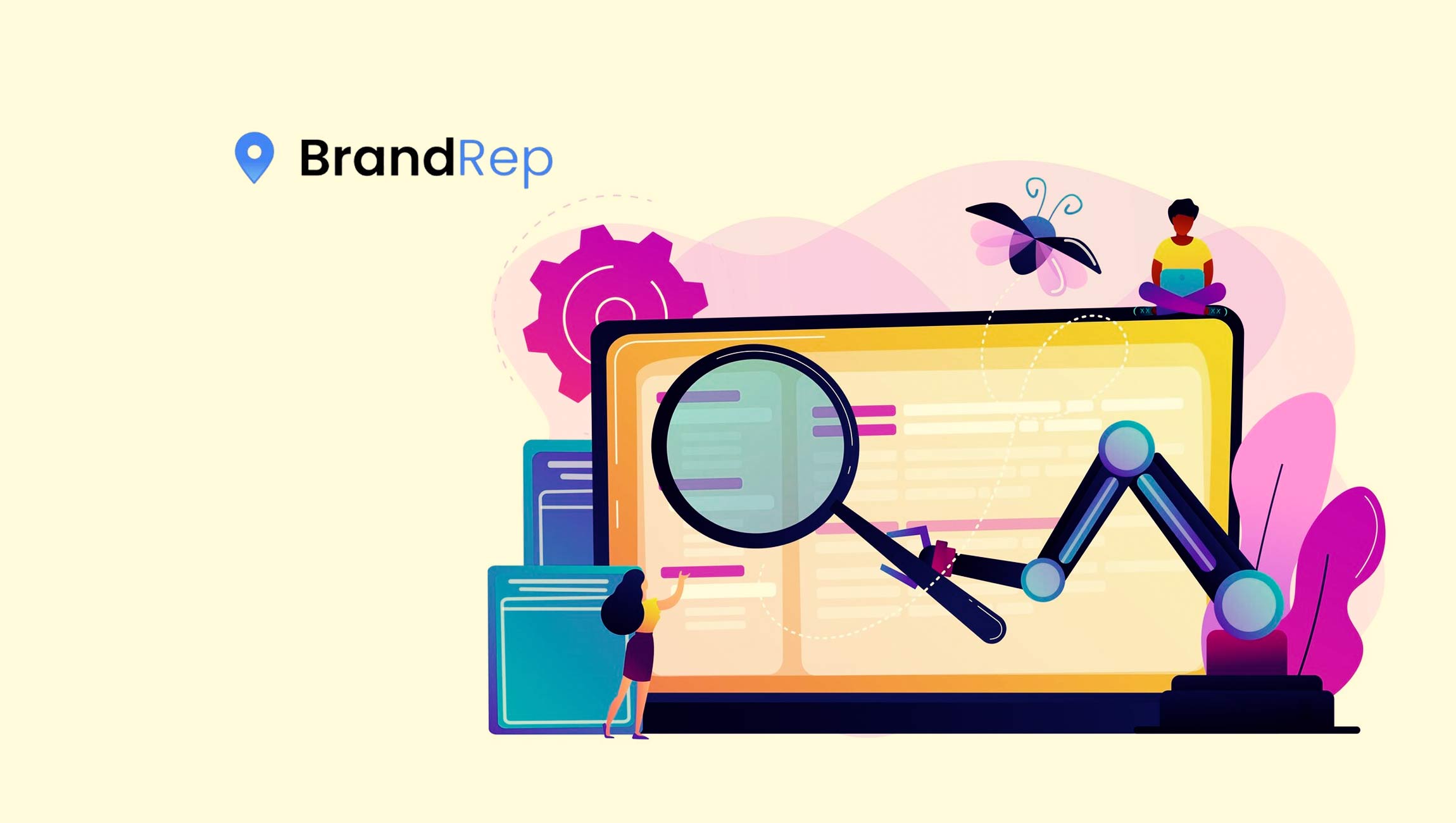As we approach 2025, several key data and AI trends are poised to significantly affect the technology landscape, particularly when it comes to customer experiences, marketing and advertising. Leading experts discuss what the year ahead looks like as brands continue to find more innovative ways to attract and retain customers.
Putting customer data front and centre in advertising
Data is becoming the cornerstone of advertising strategies as brands move beyond traditional methods like third-party cookies to build more robust and sustainable first-party data ecosystems. Nexxen’s Head of Client Success, Tanja Williams, explains that advertisers are increasingly investing in advanced data solutions to drive precise targeting, measure ROI, and personalise consumer experiences.
“We’re seeing advertisers focus on developing their first-party data as they look for ways to reduce their reliance on cookies,” she explains. “This shift is empowering brands to own their data strategies, create direct connections with their consumers and better tailor their messaging.”
The acceleration of subscription video-on-demand (SVOD) platforms and Free Ad-Supported Streaming TV (FAST) channels are reshaping the TV landscape. The arrival of VOZ Trading and Streaming, plus initiatives like Foxtel’s Video Futures Collective further adds to the momentum, creating new opportunities but complexities for advertisers. Automatic Content Recognition (ACR) data is emerging as a key data source to navigate the complexities of this fragmented media landscape.
“Advertisers are increasingly seeing the value of ACR data to bridge the gap between streaming and linear TV,” Williams notes. “By providing real-time insights into what content and ads are being consumed/viewed and where, ACR allows brands to identify overlapping audiences, tailor messaging across screens and ensure they’re reaching the right viewers.”
FAST channels, which continue to grow rapidly, highlight the importance of leveraging planning and measurement tools powered by ACR data. “FAST channels are not just cost-effective, they also offer niche and highly engaging content,” she notes. “ACR data enables advertisers to optimise campaigns in this space by unlocking insights into viewing habits and delivering personalised ads that resonate across platforms.”
She also highlights how data analytics and cross-screen measurement tools are enabling advertisers to measure the effectiveness of their investments more accurately. “Advertisers are leveraging programmatic technology and converged insights to engage audiences in a fragmented media environment,” she says. “With advanced attribution modelling, exclusive data sets like ACR and the ability to measure across screens, brands can make data-informed decisions that maximise campaign performance and ROI.”
Leveraging data to achieve real-time marketing
One major shift Eagle Eye CEO Tim Mason expects to see is the impact of leveraging data to refine real-time marketing and customer engagement. This, he anticipates, will affect issuance and redemption of offers, making loyalty marketing more immediate and effective.
“Advances in cloud computing and AI have increased businesses’ ability to collect and analyse data in real-time, enabling the creation of contextually relevant offers tailored to individual customer needs,” he says.
“Real-time issuance refers to the immediate creation and delivery of offers to customers based on their current behaviour, location, or context. These offers are generated and sent when the business detects a trigger, such as a customer entering a particular physical location, browsing a website, or making a specific purchase.
“Real-time redemption refers to the immediate execution of an offer at the point of sale (POS), in-store or online, so the offer or discount is instantly applied before the transaction is completed and payment is made.
“Given this is now possible, we expect to see the speed of the delivery of offers increasing and we are likely to see more brands take on true real-time marketing.”
Marketing Technology News: MarTech Interview with Jon Moran, Head of MarTech Solutions Marketing @ SAS
AI, content and customer engagement
Nicholas Simonsen, Head of Content at Impressive sees AI as having a significant impact on content creation, but warns brands to keep engagement with customers ‘human’ and personalised.
“AI has taken the digital world by storm over the last few years, and as a result, I have found that everyone is starting to sound the same, no matter the industry in question. Don’t get me wrong, ChatGPT and AI, in general, have changed the game in so many ways, but it’s reached a point now where I can pinpoint ‘ChatGPTisms’ in the first sentence or two of website copy. It all sounds so lifeless and generic.
Heading into 2025, I think we’ll see brands refocus on human content and on fostering that human connection between brand and consumer. With the market so saturated and spending down across the board, buyers wanted to feel connected to their favourite brands, so let’s make sure we’re giving it to them.”
Consumer appetite for AI integration
NielsenIQ’s (NIQ) Director for Customer Success Marco Silva highlights one global trend impacting markets in Australia and New Zealand is the changing face of omni retail and social media commerce. While there is still some work to be done for consumers to fully embrace AI integrations in their everyday purchases, Mr Silva notes NIQ’s research reveals multiple lower-stakes AI involvements where shoppers seem much more open to tech-enabled experiences.
“However, in many of these instances, the variance of acceptance by generation are quite stark,” he said. “For example, nearly half of Gen Z and Millennials would use AI to automate or speed up their everyday shopping decisions (46% and 48% respectively), while just 34% of Gen X and only 20% of Boomers agree they would do the same.
“Segmenting experiences or providing options to support older consumers to avoid frustration or mistrust will be key to transformations that expand and not cannibalise future growth potential for FMCG brands and manufacturers.”
Transforming customer data management
These changes in marketing, advertising and media naturally lead to questions about how businesses will manage their customer data going forward. Looking at the broader customer data landscape, Amperity CTO and Co-Founder Derek Slager sees fundamental changes ahead.
“The customer data platform (CDP) category will continue to fragment, with vendors more explicitly aligning their positioning to their strengths rather than claiming to solve things entirely,” he predicts.
Slager believes that rather than seeking single-platform solutions, companies will increasingly adopt multiple specialised tools to address their customer data challenges.
This transformation in data management will be accompanied by significant changes in how businesses analyse and act on their data. Slager is particularly bullish on AI’s role in transforming analytics.
“Dashboards are dead,” he declares. “Generative AI powered tools offering the ability to answer the questions that matter on-the-fly will be the new surface for analytics and decision making.”
Marketing Technology News: Brands Are Hooked on Gamification: How Can You Jump in on the Opportunity











